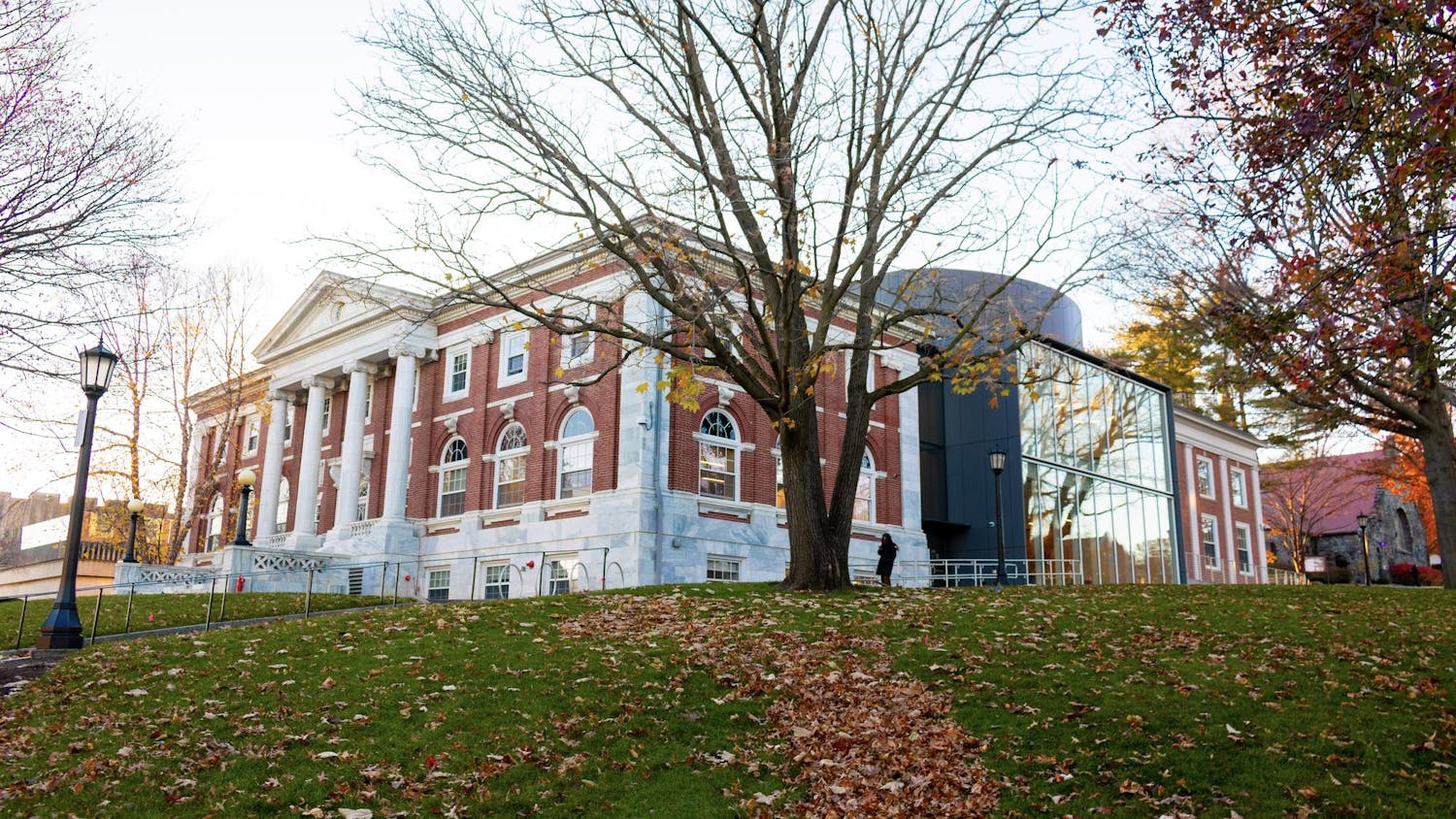The world has changed a lot in the last four years. Over the course of the Class of 2023’s tenure at Tufts, the state of the undergraduate experience changed tremendously. Tufts is in a unique position due to the issues that have arisen from its character and quality as a university.
It’s no secret that every year, the acceptance rate at Tufts and many other universities seem to consistently decrease. This is a phenomenon driven by an increased number of applicants to many schools. With more applications, the acceptance rate becomes automatically lower and the class more ‘prestigious,’ as Tufts admissions officers are able to choose from a greater quantity of talented applicants, while admitting the same number.
Despite this, nationwide college enrollment has actually gone down consistently. The primary reason for this is cost. At many four-year universities, tuition (without state benefits or financial aid) totals in the tens of thousands. Even among community colleges, enrollment and graduation declines have continued because prospective students find the opportunity cost of tuition too high compared to money they can make immediately out of high school.
Tufts, as a private institution, has done little to remedy these concerns. For-profit institutions are largely the ones driving tuition hikes; from 2010 to 2020, tuition at these colleges increased 233.8% while the overall rate of tuition increase was just 12.1%. While not a for-profit university, Tufts has been consistently increasing tuition year-over-year for at least the past decade.
This is problematic, as Tufts’ identity is built on building a diverse community of active citizens. However, Black, Hispanic and low-income students are those most disproportionately affected by declines in college enrollment. By raising the cost barrier, Tufts makes it harder for marginalized students to attend. Even with Tufts’ pledge to meet 100% of need, one-fifth of all undergraduate students are still receiving federal student loans. Moreover, Tufts has proportionally fewer students on grant aid (40%) than neighbors like Harvard (55%) and MIT (58%).
When looking at college rankings, the social mobility component largely favors schools that take in low-income students and produce economic growth. Of course, Tufts and its peers trend towards the lower end, as they take in many wealthy students, but Tufts in particular ranks almost 100 spots lower than Harvard and MIT.
Tufts as an institution also highly values academic curiosity, or encouraging students to think creatively and freely through their liberal arts education. However, a changing college climate makes it harder and harder for students to do that. As increasing STEM job growth has made computer science, physics and engineering degrees much more rewarding, Tufts has shifted its approach as well. Recent construction has included the Science and Engineering Complex, which opened in 2017, and the Joyce Cummings Center, which opened in February 2022. Moreover, Tufts infamously grants engineering students priority registration for classes, and they often take up spots in humanities and social science classes that are required for other students in order to fulfill their own HASS requirements. Interestingly, the earlier registration slot for engineering students first appears on the academic calendar in April 2018, before which registration for undergraduate and graduate students began on the same day.
Ironically, this helps low-income students, despite compromising Tufts’ values. It is true that because low-income students do not have a financial safety net, they more often choose to study STEM fields that can lead to higher incomes.
Herein lies the problem: Tufts’ success depends on its wealth. Right now, it does not appear that Tufts’ culture of liberal arts education is sustainable, and Tufts’ administration has taken significant steps in order to combat it. Whether this is an indictment of the perceived ‘uselessness’ of liberal arts degrees or of Tufts itself is up for debate. Tufts’ internal renovations and admissions policies such as growing minority enrollment and going test-optional are pertinent to its goal of diversity. However, case studies of tuition hikes and the School of Engineering’s growth demonstrate that Tufts’ liberal arts identity can’t coexist with a student market that demands both accessible education and an aid to their social mobility.





